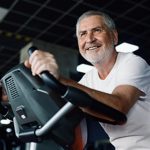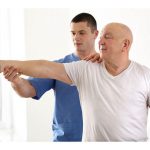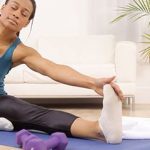
Chronic tendon issues are a frequent source of pain and can limit activity. They become more common with age, weight and certain activities, and early and appropriate diagnosis by a doctor is critical to get the best outcomes. The Achilles tendon is the biggest tendon in the human body. It connects the calf to the foot, and it is responsible for push-off power. The tendon is critical for stability during standing, walking, running and other activities. During muscle contraction, the tendon functions as a rope. It has elasticity to generate the tension required to handle the force of six times a person’s body weight. What is Achilles tendinitis? Over time, the tendon can become strained, injured or inflamed. On a day-to-day basis, people put stress on their Achilles tendon. A healthy tendon will handle this stress, repair any “microtears,” and a patient will have no symptoms. But over time, for various reasons, the Achilles tendon will develop inflammation and microtearing that will outpace the body’s ability to repair and heal the damage, and the patient will develop symptoms including pain, discomfort, soreness and swelling. This is Achilles tendinitis, and I often treat such cases here at Yale Medicine Orthopaedics & Rehabilitation. In reality, Achilles tendinitis is not just inflammation of the tendon, as the name implies. Achilles tendinitis is the accumulation of degenerative changes in… read on > read on >





























-300x200.jpg)







-300x169.jpg)
